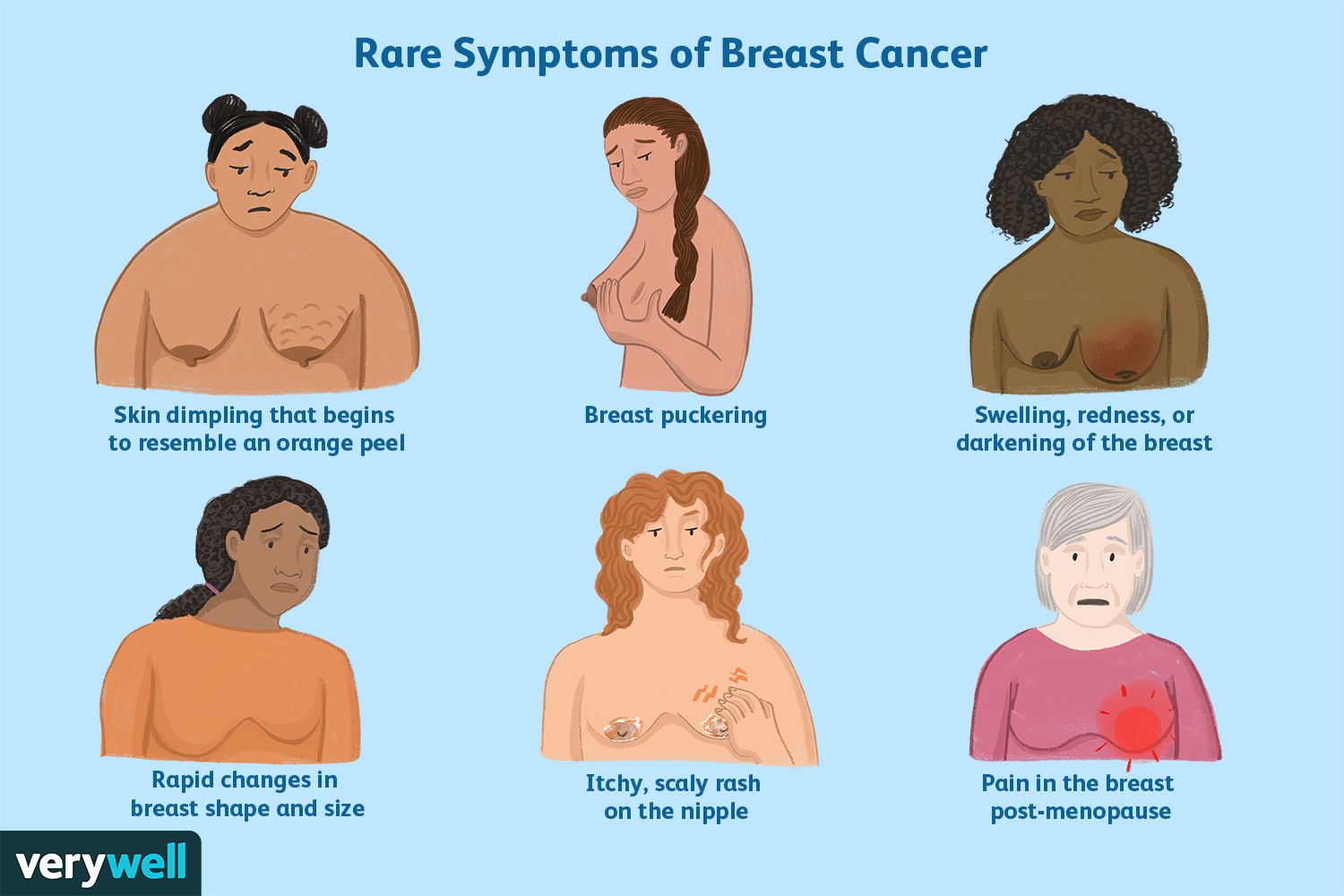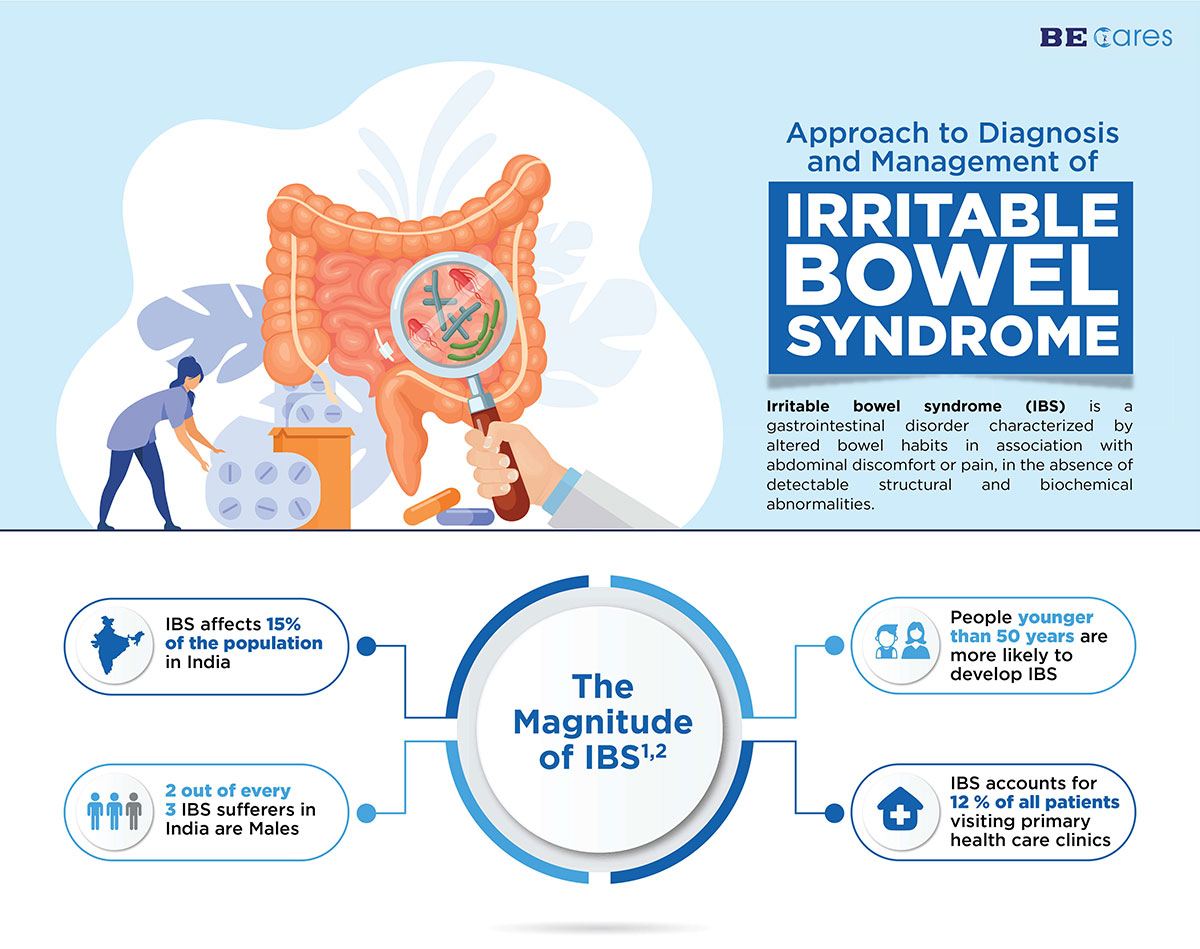
A patient must be suffering from a progressive, life-limiting condition in order to be eligible for hospice. The patient must have a physician that can help them determine their life expectancy. This physician must also have admitting privileges at an affiliated medical center. If the patient is hospitalized, the hospice team should arrange for coverage. A responsible person must be available to the patient in order to make their decisions.
COPD patients
Although COPD patients do not know when they are ready to enter hospice care, there are a number of signs that they may be eligible for the program. You should look out for signs such as difficulty breathing, frequent hospitalizations for lung infections, low or high blood CO2 levels, and trouble breathing. Additionally, COPD patients who are admitted to hospices live an extra six months, which is a benefit that gives them greater benefits than those with COPD.
For COPD patients, hospice care can help ease the suffering of advancing disease. Patients must be dyspneic at rest and with minimal exertion, and they should spend the majority of their time in the comfort of their own home. In addition, the patient should not have had multiple hospitalizations or ED visits within the past three months, and they should not want to undergo intubation.

Patients suffering from Alzheimer's disease
Many patients with Alzheimer's disease meet the criteria for hospice. This advanced form of the disease causes progressive decline in mental abilities, including reasoning, judgment, and speech. This disease causes patients to have a decreased appetite and a lack of desire to socialize. Their functional status also declines rapidly. Incontinent bowel and bladder function are two other factors that can make someone eligible for hospice.
If their prognosis has been less than six months, patients with Alzheimer's can be eligible for hospice. The patient must also have been diagnosed with dementia and have not had any complications. Hospice care's goal is to provide the best care possible for Alzheimer's patients.
UIHC hospice patients
A doctor will review the most recent discharge summary of the patient to determine if the patient meets the criteria for UIHC Hospice Care. The doctor then compares the primary, secondary and combined diagnoses to determine eligibility. To determine eligibility, the doctor will also collect patient-specific information, such as lab values, vital signs, imaging studies, and laboratory results.
The Mercy Hospice Unit at the UIHC currently has six beds. It accepts patients who are not suitable for inpatient general care. This type hospice care addresses the patient's emotional, spiritual, and physical needs. The hospice team works closely together with the patient's doctor to create a Plan of Care. It is based primarily on the patient’s condition, symptoms, needs, and diagnosis. Before the patient can be admitted, their physician must approve any treatment options.

Patients with advanced illnesses
Hospice is a type or care that provides support for patients with limited life expectancy, who are unable receive curative therapy. Its purpose is to improve patients' quality of living while avoiding debilitating and painful treatments. Patients who are eligible for hospice must be diagnosed with terminal illness and have at least six months to live. Some insurance companies cover hospice care up to one year. Most people don't receive hospice care until their last days or weeks. Getting it early can provide months or even years of quality time for patients.
A diagnosis of a terminal illness such as ALS, congestive or renal failure or ALS is required in order to be eligible for hospice care. In addition, patients must also have a diagnosis of a terminal illness that is not curable. These patients should have mental and/or physical impairments and malnutrition.
FAQ
What are my options for immunizations in the United States?
Immunization refers the process of activating an immune response in response to a vaccine. The body responds to the vaccine by making antibodies (immunoglobulins) that protect against infection.
What are the services of health care?
Patients need to be aware that they have 24/7 access to high-quality healthcare. We're available to assist you with routine or urgent care.
There are many types of appointments available, including outpatient and emergency procedures, walk-ins, same day surgery, same-day surgeries, and emergency department visits. If you live far away from our clinic, we can also provide home health care visits. And if you don't feel comfortable coming into our office, we'll ensure you receive prompt treatment at your local hospital.
Our team includes dentists and doctors as well pharmacists and nurses. Each visit should be as easy and painless as possible.
Why do we have to have medical systems?
Many people living in poor countries lack basic healthcare facilities. Many people living in these areas will die before they reach their middle years from diseases such as tuberculosis.
In developed countries, most people get routine checkups and visit their general practitioners for minor illnesses. However, many people continue to suffer from chronic conditions like diabetes and heart disease.
Statistics
- Over the first twenty-five years of this transformation, government contributions to healthcare expenditures have dropped from 36% to 15%, with the burden of managing this decrease falling largely on patients. (en.wikipedia.org)
- About 14 percent of Americans have chronic kidney disease. (rasmussen.edu)
- Healthcare Occupations PRINTER-FRIENDLY Employment in healthcare occupations is projected to grow 16 percent from 2020 to 2030, much faster than the average for all occupations, adding about 2.6 million new jobs. (bls.gov)
- The health share of the Gross domestic product (GDP) is expected to continue its upward trend, reaching 19.9 percent of GDP by 2025. (en.wikipedia.org)
- For instance, Chinese hospital charges tend toward 50% for drugs, another major percentage for equipment, and a small percentage for healthcare professional fees. (en.wikipedia.org)
External Links
How To
What is the Healthcare Industry Value Chain
The healthcare industry value chain consists of all the activities involved in providing healthcare services to patients. This includes the business processes within hospitals and clinics and the supply chains that connect them to other providers such as physicians, nurses, pharmacists, insurance companies, manufacturers, wholesalers, and distributors. The result is a continuum which starts with diagnosis and ends in discharge.
The value chain consists of four major components.
-
Business Processes: These are all the tasks performed by people throughout the entire delivery of healthcare. One example is that a doctor might do an examination and prescribe medication. The prescription will then be sent to a pharmacy for dispensing. Every step must be done efficiently and accurately.
-
Supply Chains: All the organizations involved in making certain that the right supplies reach all the people at the appropriate time. A hospital might have several suppliers. These could include lab testing facilities, imaging centres, pharmacies, or even janitorial personnel.
-
Networked Organizations: To coordinate these entities, it is necessary to have some means of communication between them. Hospitals are often composed of many departments. Each department will have its own set office and telephone number. Employees will be able to access a central point for information and updates in every department.
-
Information Technology Systems - IT is critical in ensuring that business processes run smoothly. Without IT, things could quickly go sour. IT provides an opportunity to integrate new technologies into the system. If doctors want to integrate electronic medical records in their workflow, they can use secure network connections.